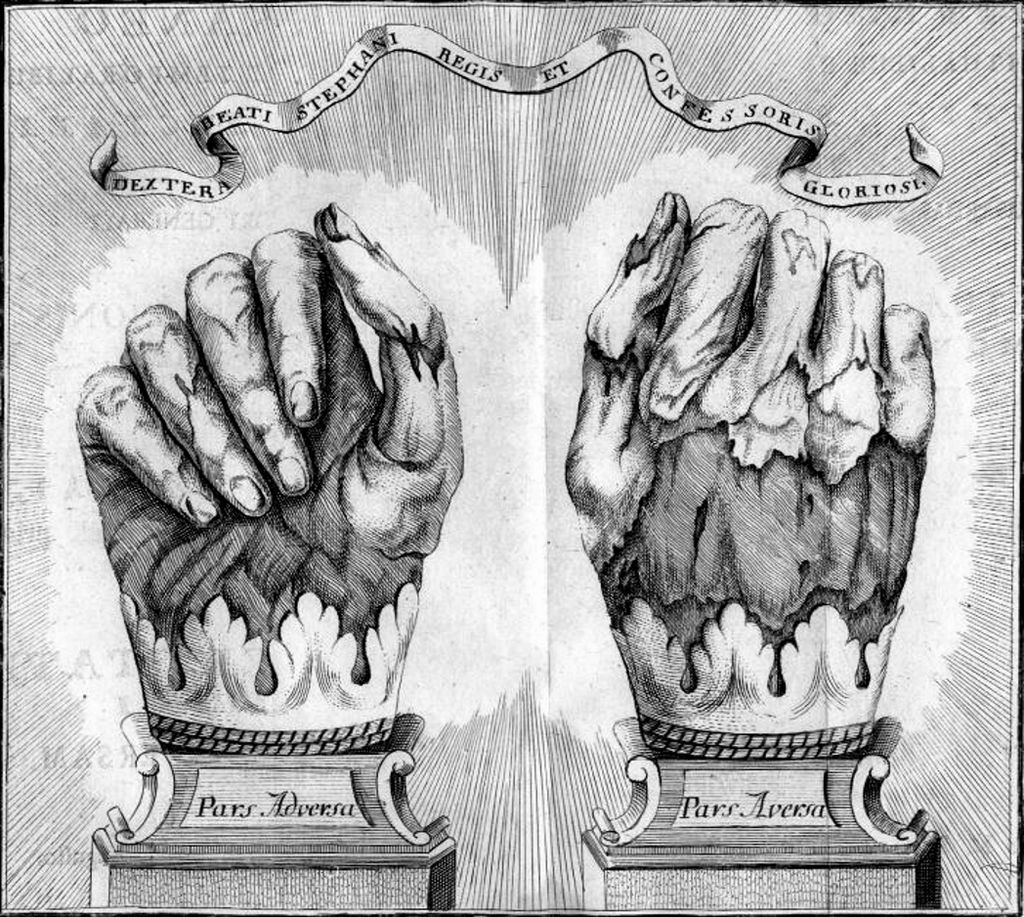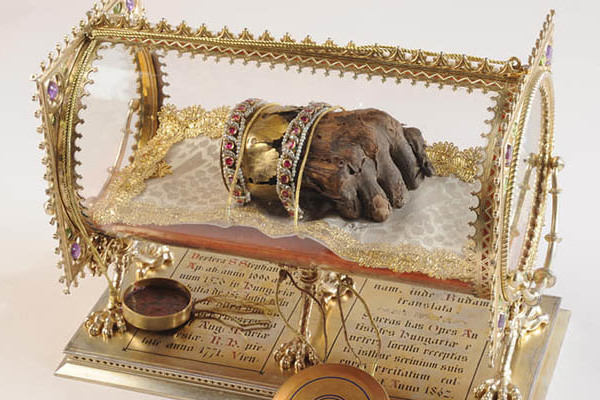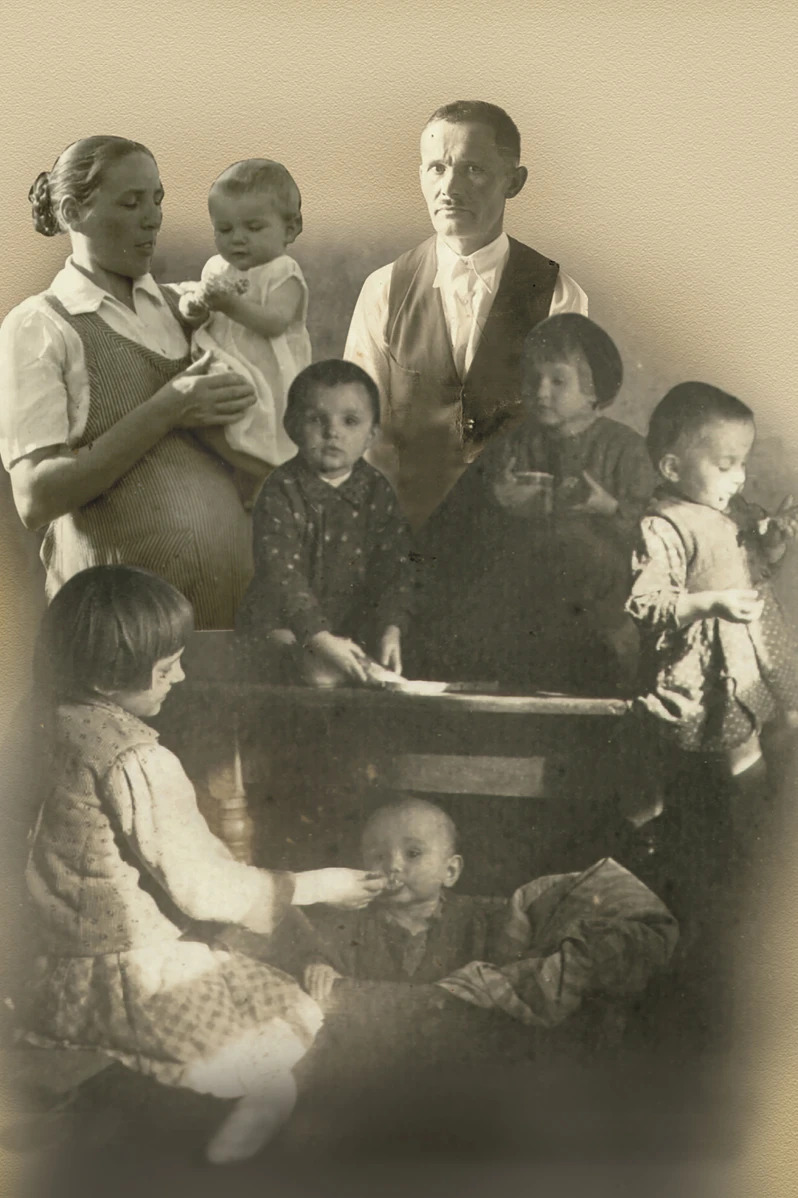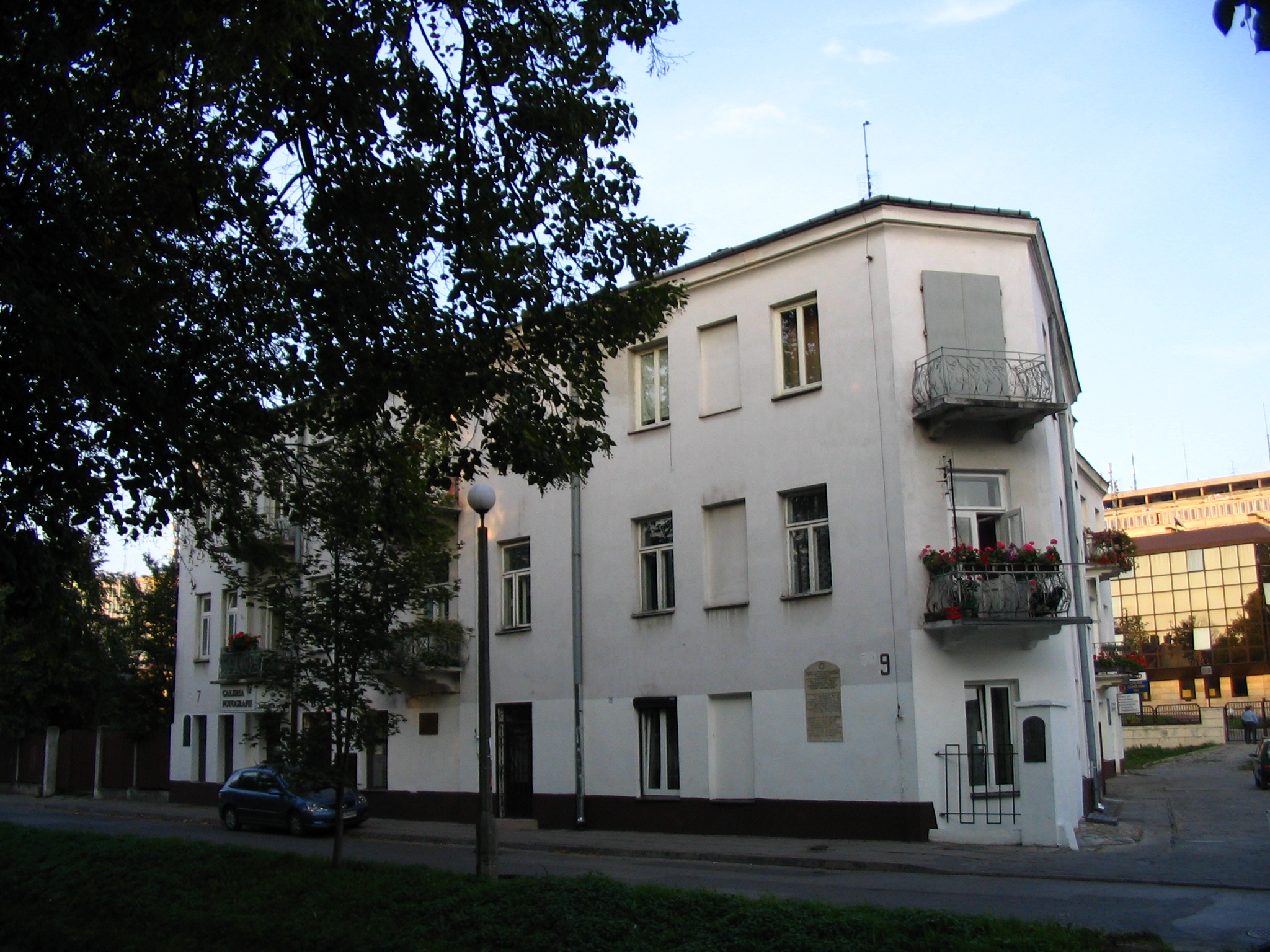Legend of the Holy Right Hand – Sâniob (Szentjobb)
Fact of the Hungarian figure „St. Stephen and others – First christian saints in Hungarian Kingdom”
Part of the „The patrons and guardians of the land” topic
St. Stephen’s most famous relic is the Holy Right Hand (Szent Jobb), which, according to legend, was discovered intact years after he died in 1038. The relic’s preservation was considered miraculous, symbolizing the divine favor and sanctity of Hungary’s first king, who played a crucial role in the nation’s Christianization. According to Bishop Hartvik’s legend, when Stephen’s coffin was opened during his canonization in 1083, a monk named Mercurius presented the king’s fully preserved right hand, still bearing an authentic ring.
King Ladislaus recognized the importance of this relic and founded a monastery in Bihar, now Sâniob (Szentjobb), to honor the Holy Right, appointing Mercurius as its abbot. The monastery became a primary pilgrimage site during the medieval period, attracting pilgrims from across Hungary and Central Europe who sought blessings and miracles through the veneration of the relic. The relic’s significance extended beyond religious devotion, becoming a symbol of Hungarian national identity and the monarchy’s legitimacy.
Eventually, the Holy Right Hand found a permanent home in St. Stephen’s Basilica in Budapest, where it is still venerated today. The relic was examined in 1951, 1988, and 1999 using magnifying glasses, microscopes, endoscopes, and X-rays, although radiocarbon or DNA testing has not been done to confirm its authenticity.







